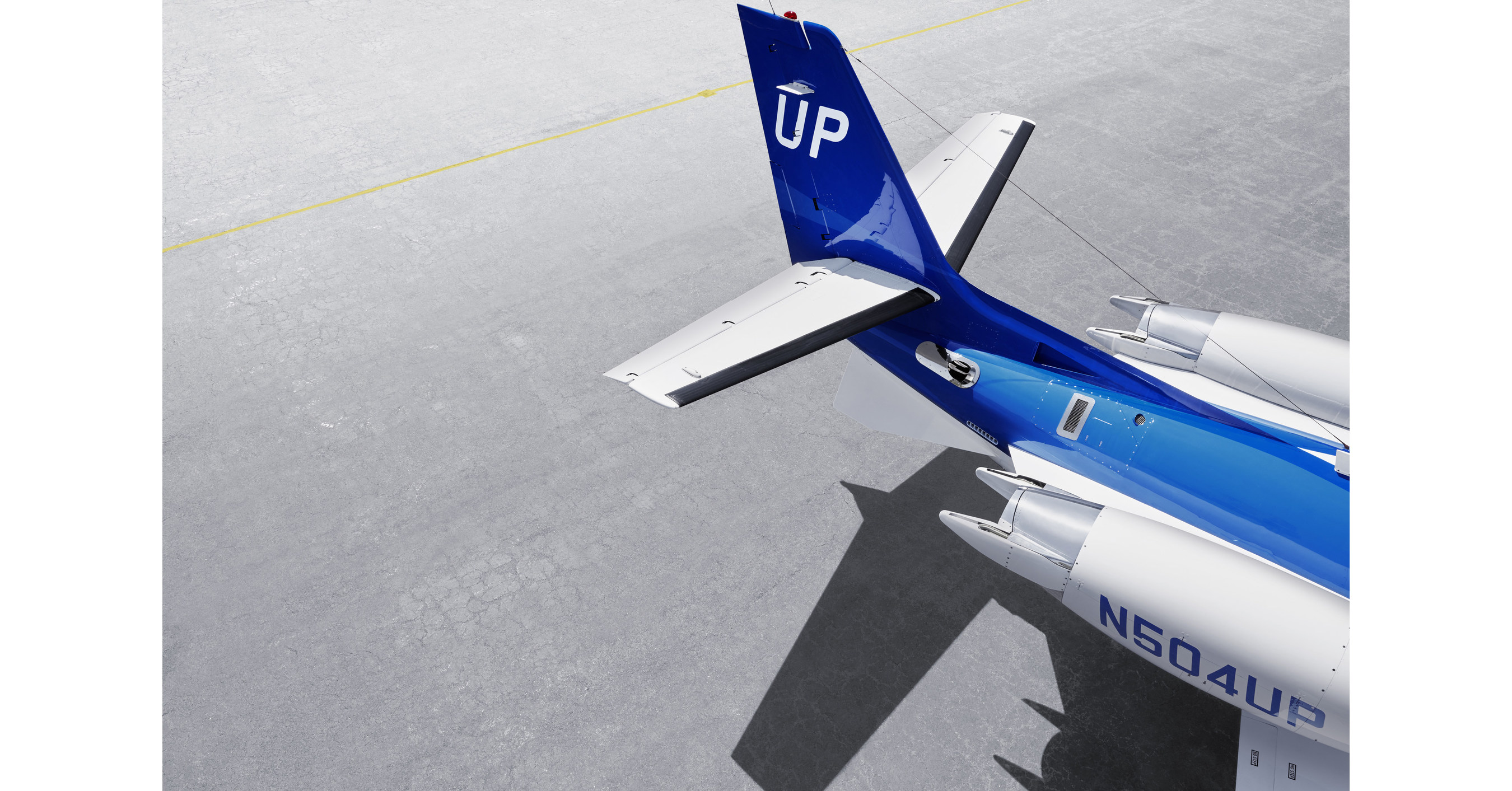
Have you ever wanted to experience the thrill of piloting an aircraft but felt like it was just too far out of reach? Look no further than model aviation, a fun and exciting hobby that allows people from all walks of life to take their creativity for a spin above the clouds.
From toy planes bought in a store to remote-controlled drones that can fit in your pocket, there are plenty of ways for aspiring pilots to explore this captivating world.
In this blog post, we will be discussing the ins and outs of getting started with model aviation, uncovering what makes it special, explaining its basics, and even giving some tips so you can take flight!
The Basics of Getting Started: Where to Buy Supplies, Find Training, and Tips for Beginners
Are you interested in getting started with a new hobby or skill but don’t know where to begin? Whether it’s something creative, like painting or crafting, or something practical, like home repair or computer programming, every beginner needs the right tools and resources to succeed.
One of the first steps is to locate a reputable supplier where you can purchase quality equipment or materials. Additionally, finding training or instructional resources online or in person can give you a foundation of knowledge to build upon.
Finally, don’t be afraid to seek advice and tips from others who have experience in your chosen field. With some patience and dedication, you’ll be well on your way to mastering your new pursuit.
Safety First: Rules and Regulations for Flying in Your Area
As a responsible drone pilot, it’s essential to abide by the safety rules and regulations while you’re flying. In general, the rules may vary from one area to another, depending on the regulations set by the authorities.
Before taking off, it’s crucial to know the dos and don’ts of flying a drone to ensure you’re not putting anyone’s safety at risk. Always remember to fly your drone in open areas to avoid colliding with other objects like buildings or vehicles.
Also, it’s vital to maintain a safe distance as you fly your drone and avoid capturing photos or videos of private property without the owner’s consent.
By following the set safety rules and regulations, you can fly your drone safely, enjoy the fantastic aerial views, and capture stunning memories without endangering anyone’s life or property.
Designing a Plane: Choosing the Right Materials, Sizing Up Your Design, and Building Techniques
Designing a plane is a feat that requires an intricate combination of skills, knowledge, and precision. Choosing the right materials is crucial to ensuring the plane can withstand high altitudes, air pressure, and other environmental factors.
Sizing up the design is vital in determining the plane’s stability, fuel efficiency, and speed. Finally, building techniques are essential in putting all the pieces together to create a functional plan.
Every decision made in the design process impacts the outcome of a custom airplane model, from the selection of materials to the smallest details of the build. It is an undertaking for the adventurous, for those who dream of soaring high and experiencing the thrill of the unknown.
Taking Flight: Pre-Flight Checklists and How to Launch
There’s nothing quite like the feeling of soaring through the air, looking down at the world below, and feeling free as a bird. However, before taking off, it’s important to make sure everything is in order.
That’s where pre-flight checklists come in. From inspecting the plane’s exterior and interior to reviewing weather and airspace conditions, these checklists ensure that nothing is overlooked and every potential issue is addressed before heading out.
Once everything is cleared, it’s time to take off and take on the skies. But how exactly do you launch? The process can vary depending on the type of aircraft, but generally involves accelerating down the runway until enough lift is created to leave the ground. With practice and precision, taking flight can be a smooth and exhilarating experience.
After Landing: Maintenance Tips and Troubleshooting Common Problems
Once your plane has safely landed, it’s important to take adequate measures for maintenance. Regular maintenance checks can prevent future problems and keep your aircraft in top-notch condition.
It’s advisable to have a checklist of tasks that need to be undertaken after each flight. This could include checking your oil level, inspecting brakes, tires, and struts, and checking that all systems are operating correctly.
However, even with proper maintenance, problems might crop up. In such a case, the key is to be prepared with troubleshooting techniques and to seek expert help if necessary. With some basic knowledge and foresight, your aircraft can keep flying high!
Taking on model aviation can open up a world of excitement and adventure, as long as safety is always the number one priority. As you enter this realm, remember the importance of research, practice, and patience to ensure that your experience is positive.
Now if you’re ready to embark on this journey, it’s time to seize the day. After all, nothing beats the rush of launching a plane into the sky!





